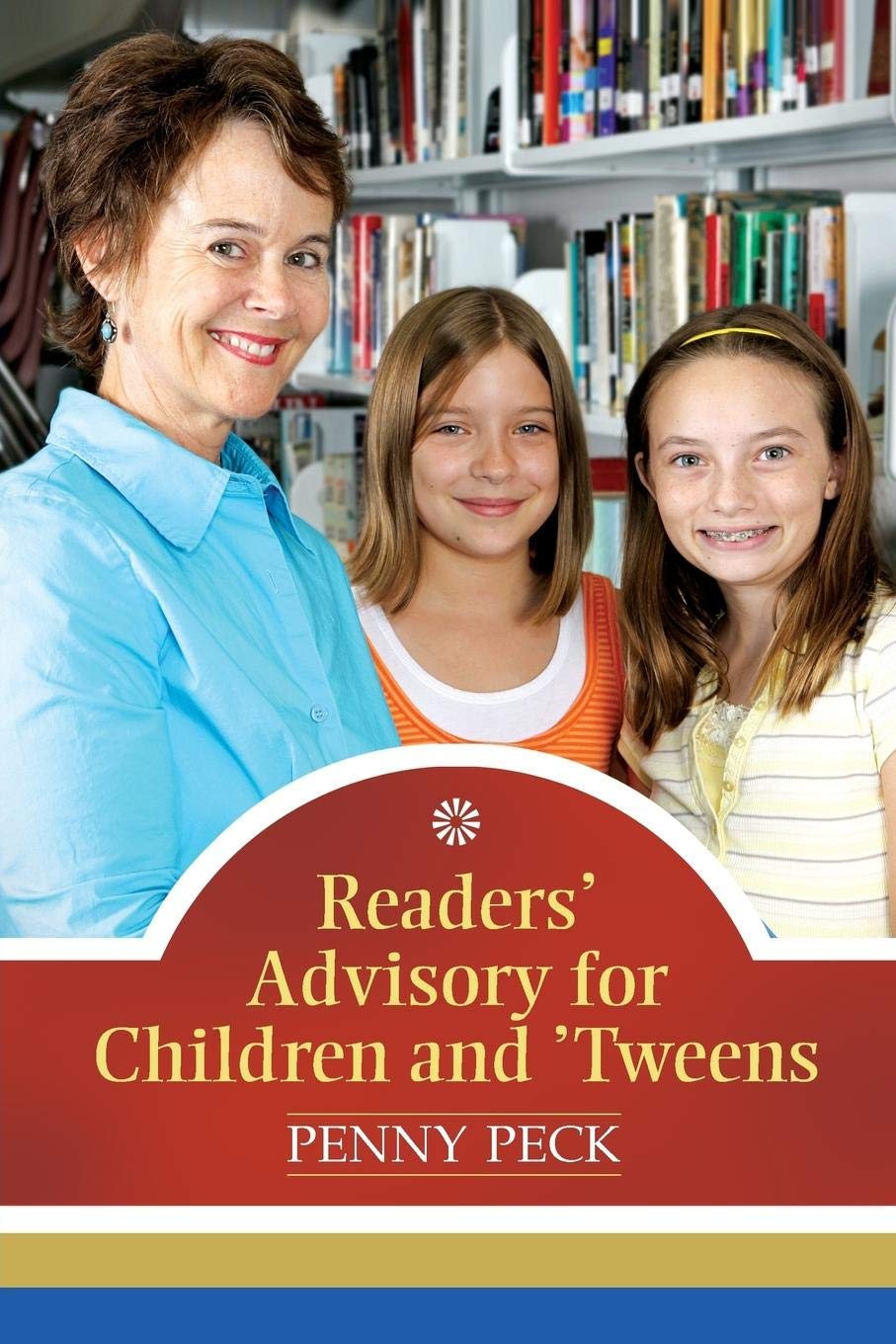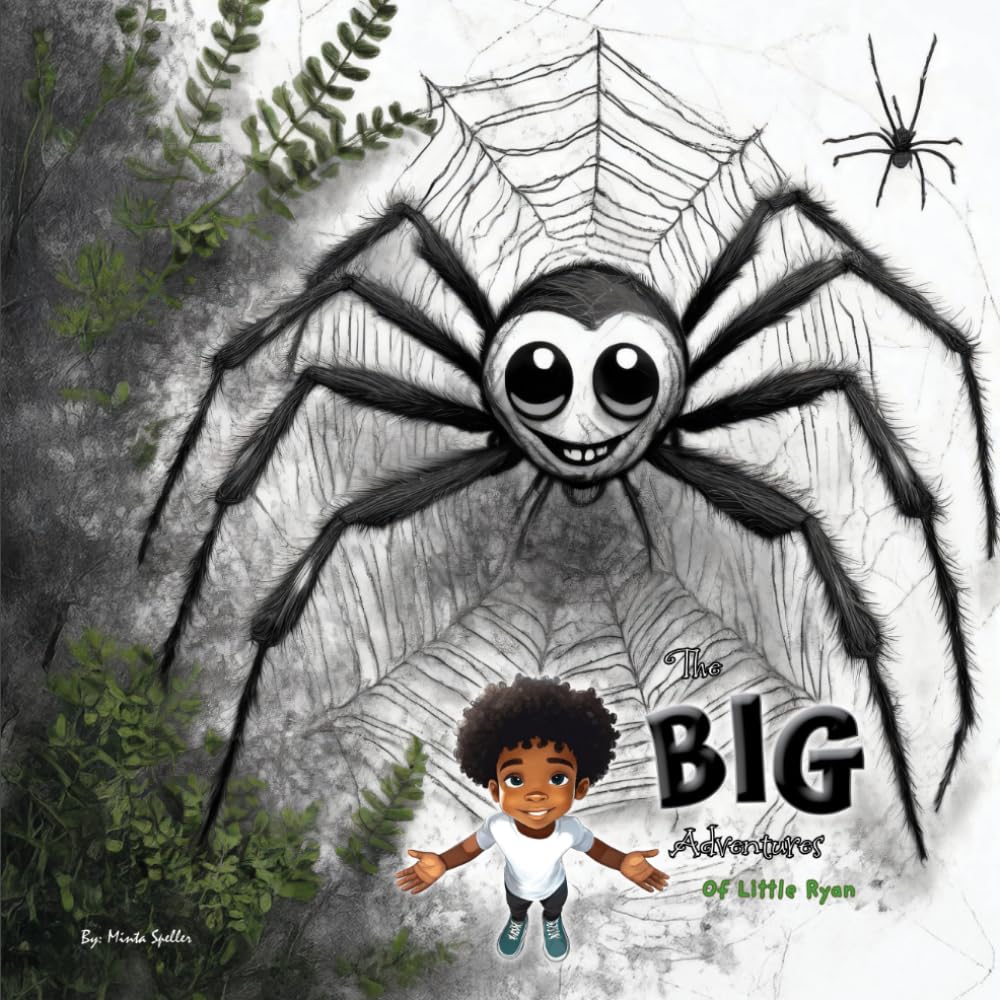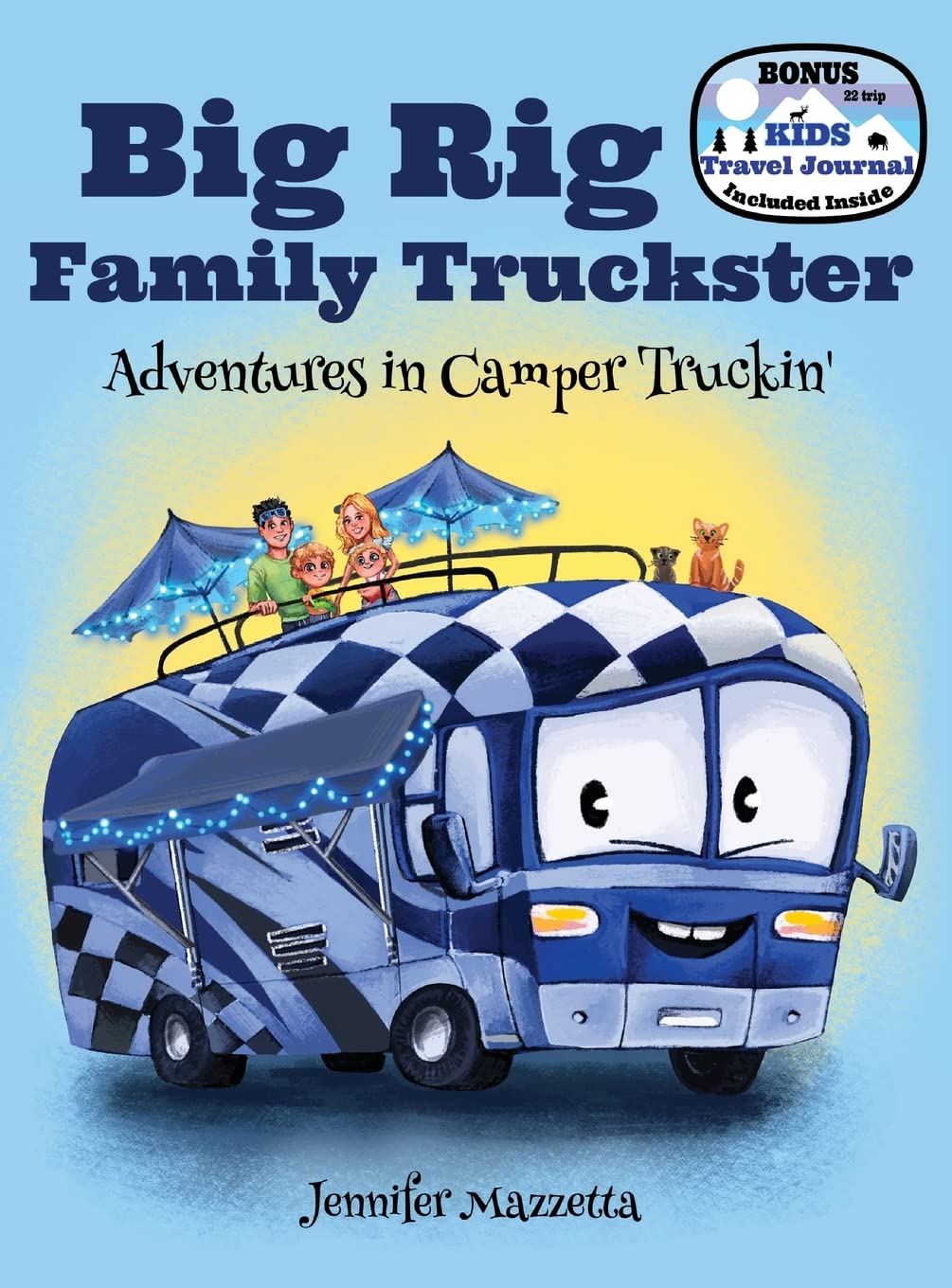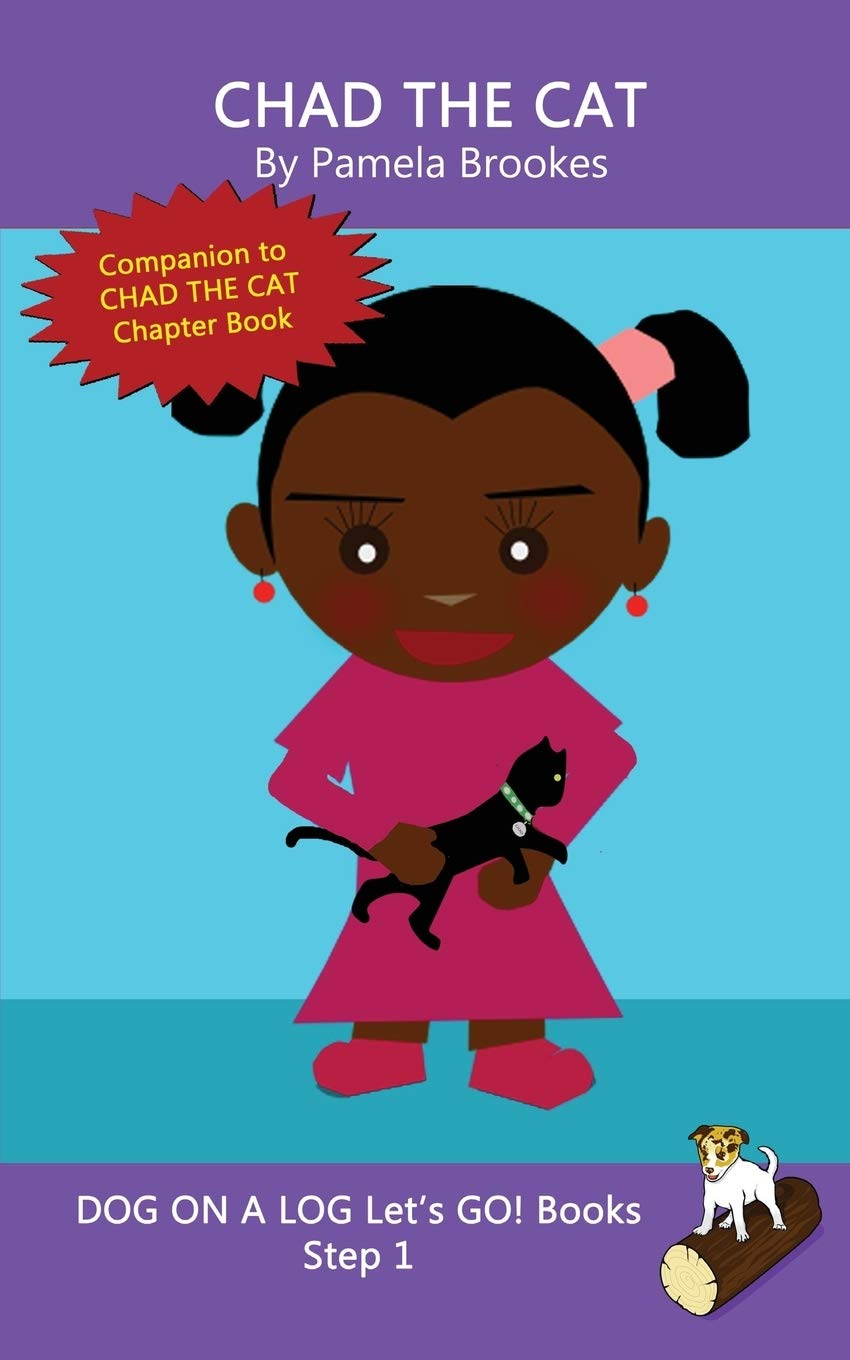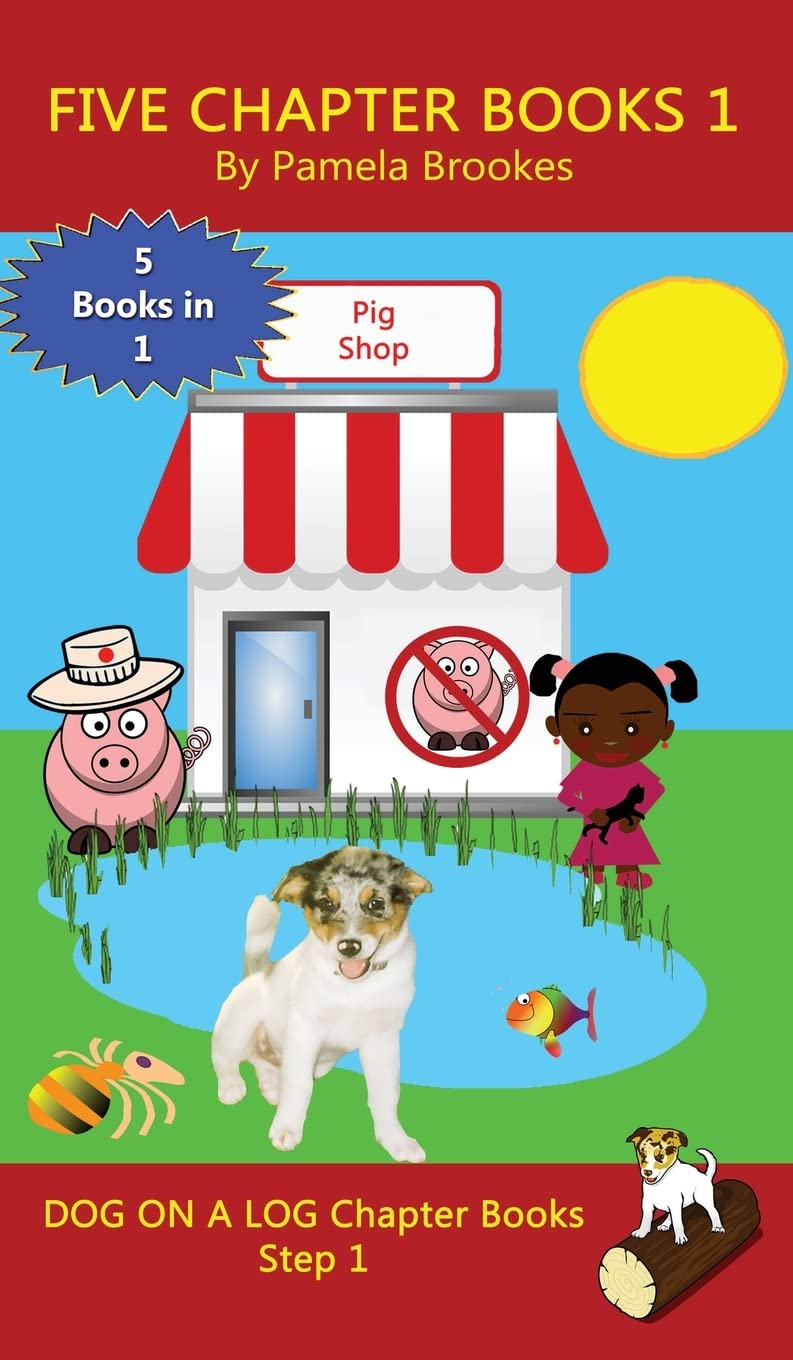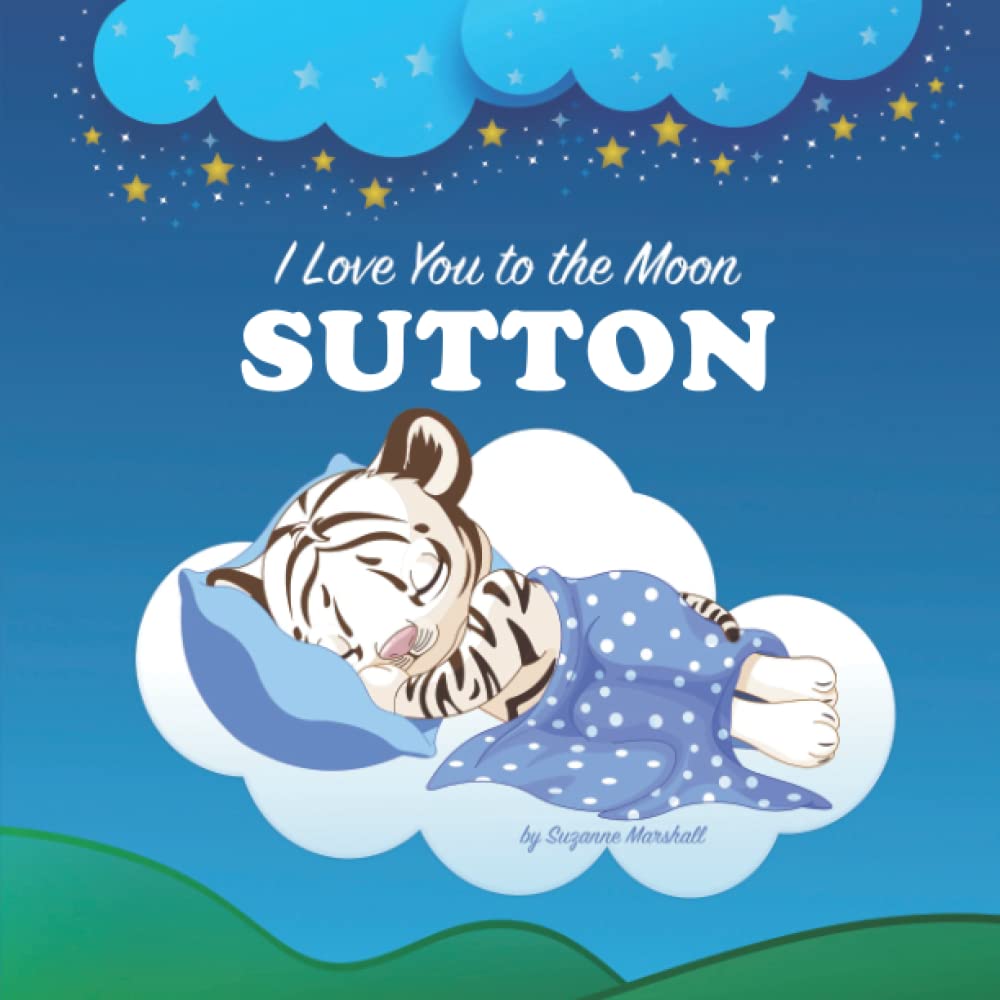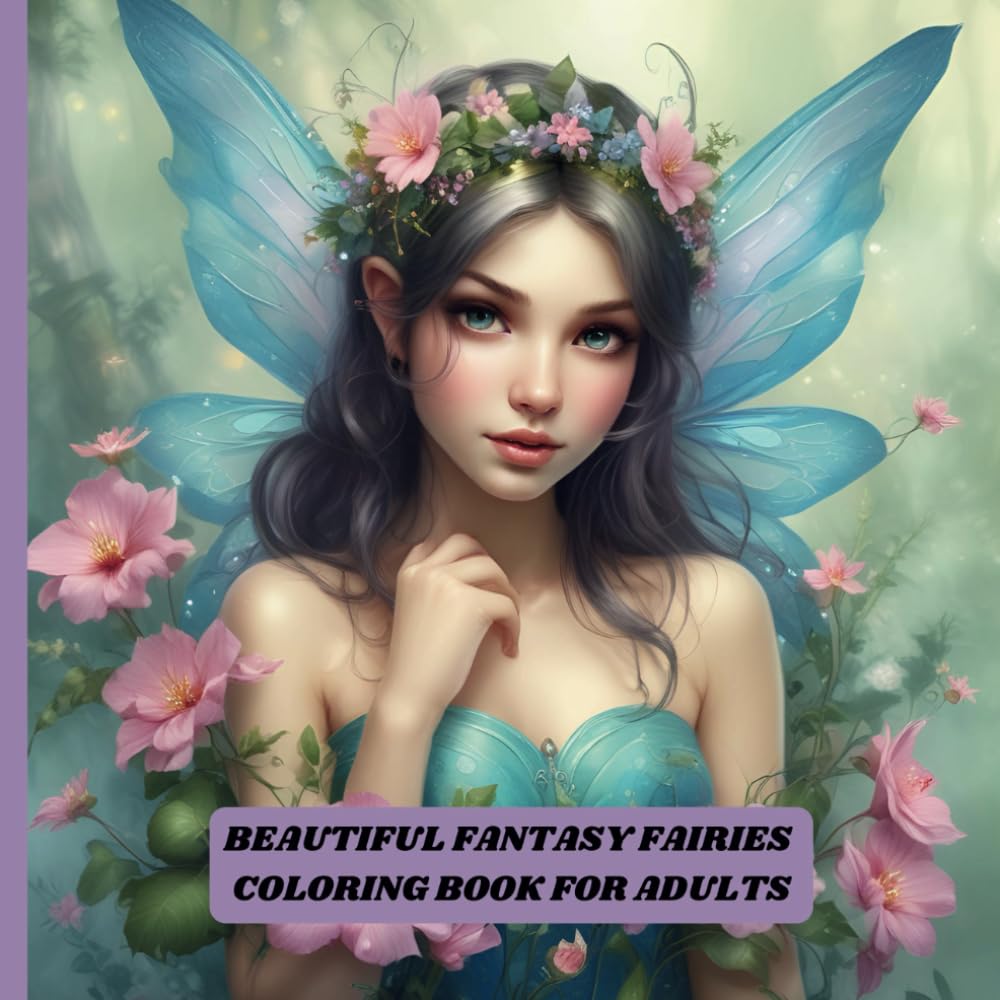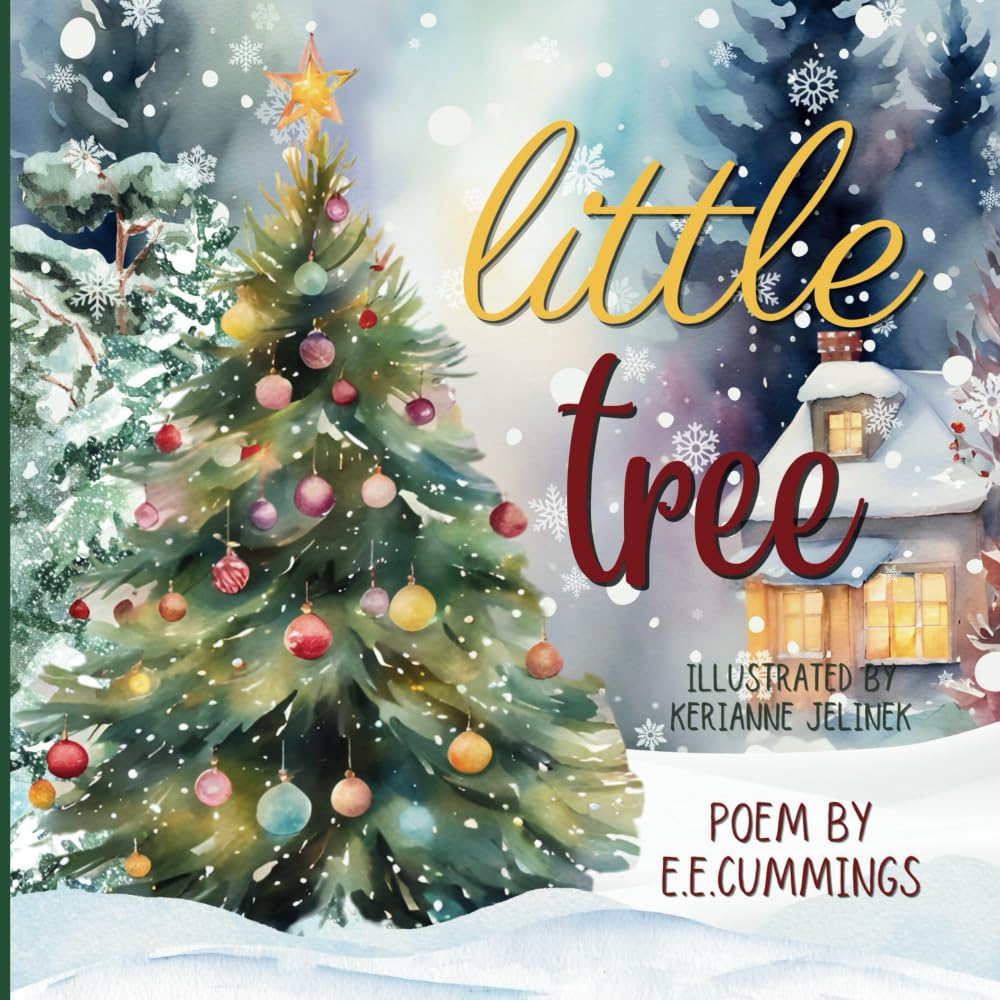This complete guide to youth readers' advisory covers genres, reading interests, and issues, as well as provides lists of sample titles and recommended reading. Finding children and 'tweens great books to read is still a key library service, even in the age of computers. Readers' Advisory for Children and 'Tweens is an easy-to-use, practical guide that will help any library staff member become more comfortable offering this service―and more adept at producing satisfying results. Beginning with basic advice on the readers' advisory interview, the book details how to find books for different age groups, including young children and their parents, emergent readers, transitional readers, and adept readers. It explores genre fiction for 'tweens, nonfiction, poetry and folklore, and graphic novels, and it offers techniques on promoting books and reading. Potentially sensitive issues such as book challenges, assisting English language learners, serving children from various cultures, working with teachers, and helping reluctant readers are addressed, as well. The advice is augmented with handy booklists and descriptions of dozens of websites that aid in youth readers' advisory. Written for novices, this useful guide will provide many valuable suggestions to library staff unfamiliar with the literature and how to go about recommending it to their young patrons and their caregivers. The first two chapters define readers' advisory and describe how to provide it successfully. The next few chapters are divided into age categories covering birth through tweens (which the author defines as nine- to twelve-year-olds). The concluding chapters are divided by type of literature–nonfiction, folklore, poetry, graphic novels, and fiction. All of the chapters include helpful booklists and websites, which are great collection development tools as well. There are some tips on promoting books–booktalking, booklists, displays, and programming ideas. With so many libraries facing cutbacks, many of our staff members need to learn new skills and serve a wider variety of patrons. If this describes your situation, this title is a valuable resource. Renee McGrath, Nassau Library System, Uniondale, NY © Copyright 2010. Library Journals LLC, a wholly owned subsidiary of Media Source, Inc. No redistribution permitted. Author Peck provides a straightforward introduction to connecting children with books. Readers are first introduced to the concept of readers’ advisory and how to conduct the readers’-advisory interview. Special issues pertaining to children and tweens are discussed next, including assisting reluctant readers, helping English-language learners, and dealing with censorship challenges. This discussion is followed by chapters devoted to finding books for specific age groups—young children, emergent readers, transitional readers, and tweens. Next comes coverage of specific genres, including multicultural books, nonfiction, folklore, poetry, and graphic novels. Every chapter offers a list of helpful books and Web sites pertaining to its topic and concludes with one or more book lists offering a variety of suggestions. “Picture Books All Young Children Should Know,” “Popular Transitional Series,” and “Princess Folktales for Ages Five to Ten” are just a few examples. This guide would be useful for any library staff member who is new to the field or new to serving children and tweens. --Maren Ostergard “There are plenty of books on readers' advisory for adults….Now comes Readers' Advisory for Children and 'Tweens . Service to this group requires special skills, author Penny Peck asserts. She describes some of the issues, including censorship challenges, before exploring the ins and outs of RA for different age groups and in different categories, including genre fiction, nonfiction, folklore, poetry, and graphic novels. The numerous book lists are especially helpful.” ― American Libraries “Written for novices, this useful guide will provide many valuable suggestions to library staff unfamiliar with the literature and how to go about recommending it to their young patrons and their caregivers. The first two chapters define readers' advisory and describe how to provide it successfully. The next few chapters are divided into age categories covering birth through tweens (which the author defines as nine- to twelve-year-olds). The concluding chapters are divided by type of literature–nonfiction, folklore, poetry, graphic novels, and fiction. All of the chapters include helpful booklists and websites, which are great collection development tools as well. There are some tips on promoting books–booktalking, booklists, displays, and programming ideas. With so many libraries facing cutbacks, many of our staff members need to learn new skills and serve a wider variety of patrons. If this describes your situation, this title is a valuable resource.” ― School Library Journal “This resource is a must for any children's librarian, elementar
